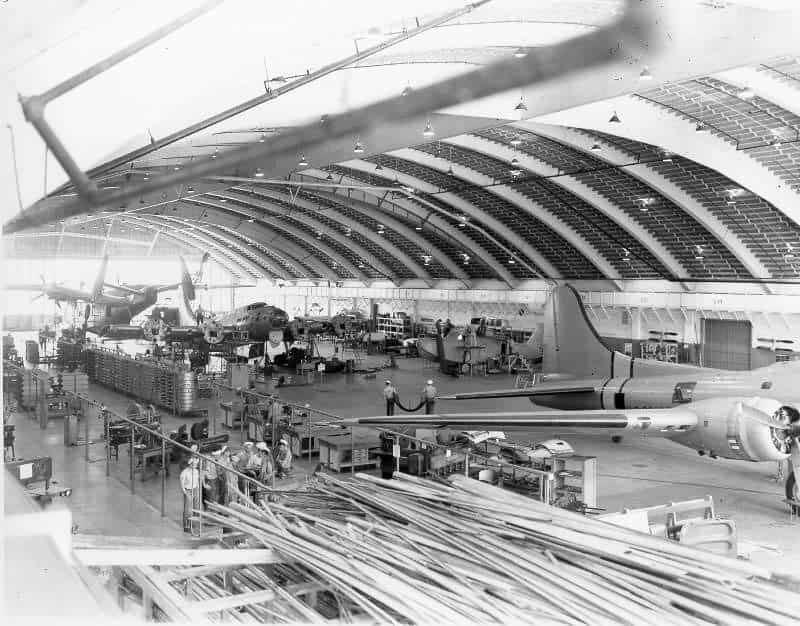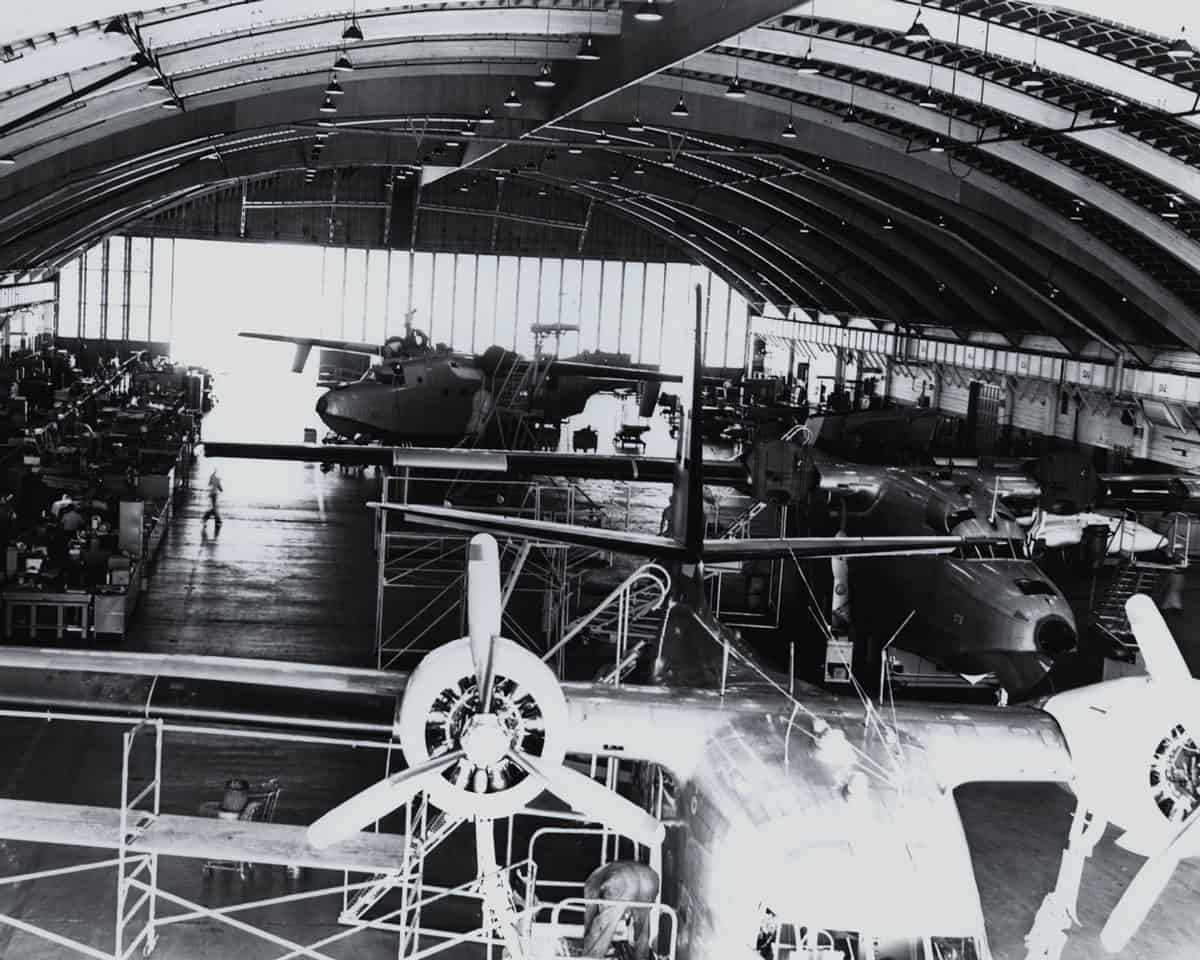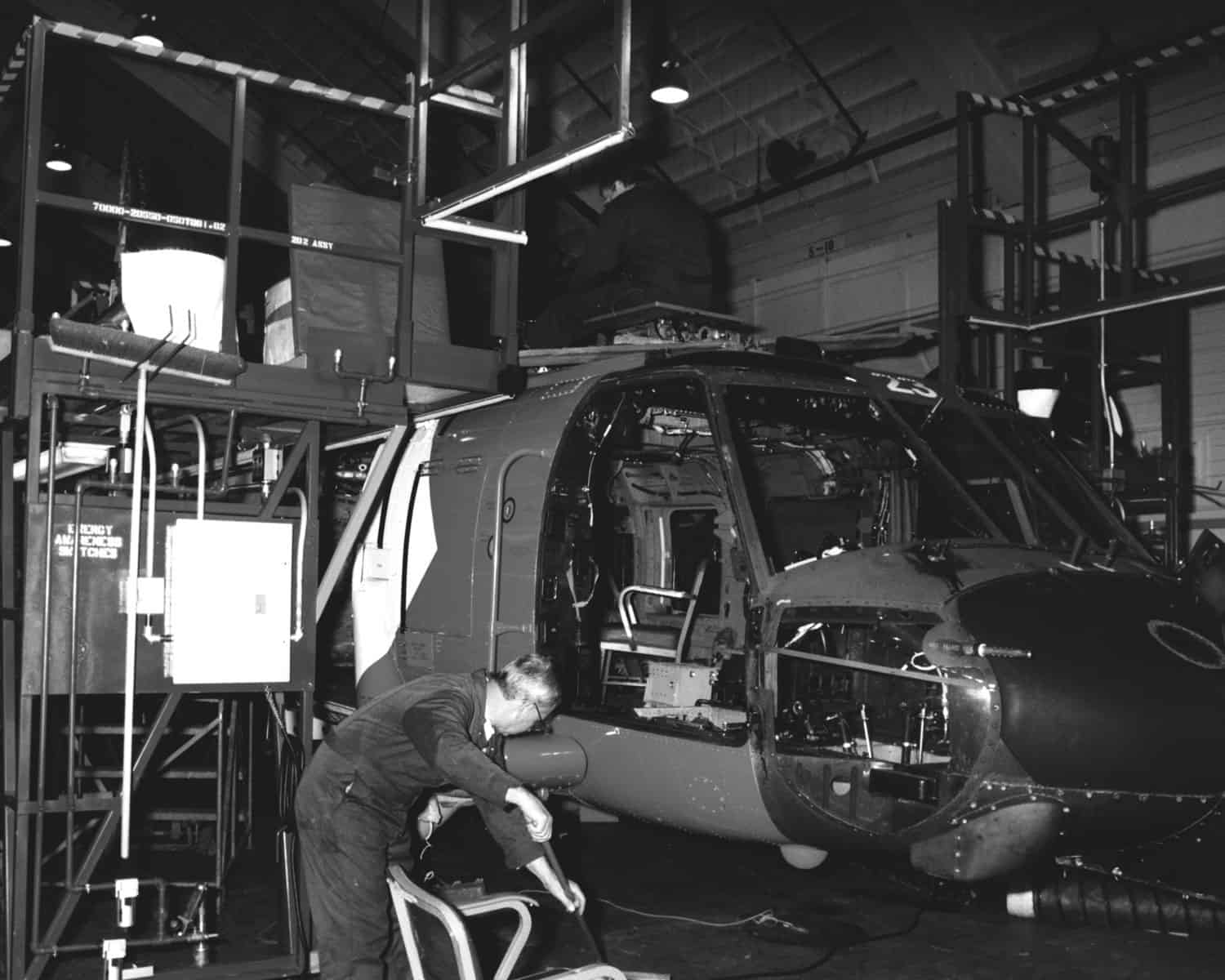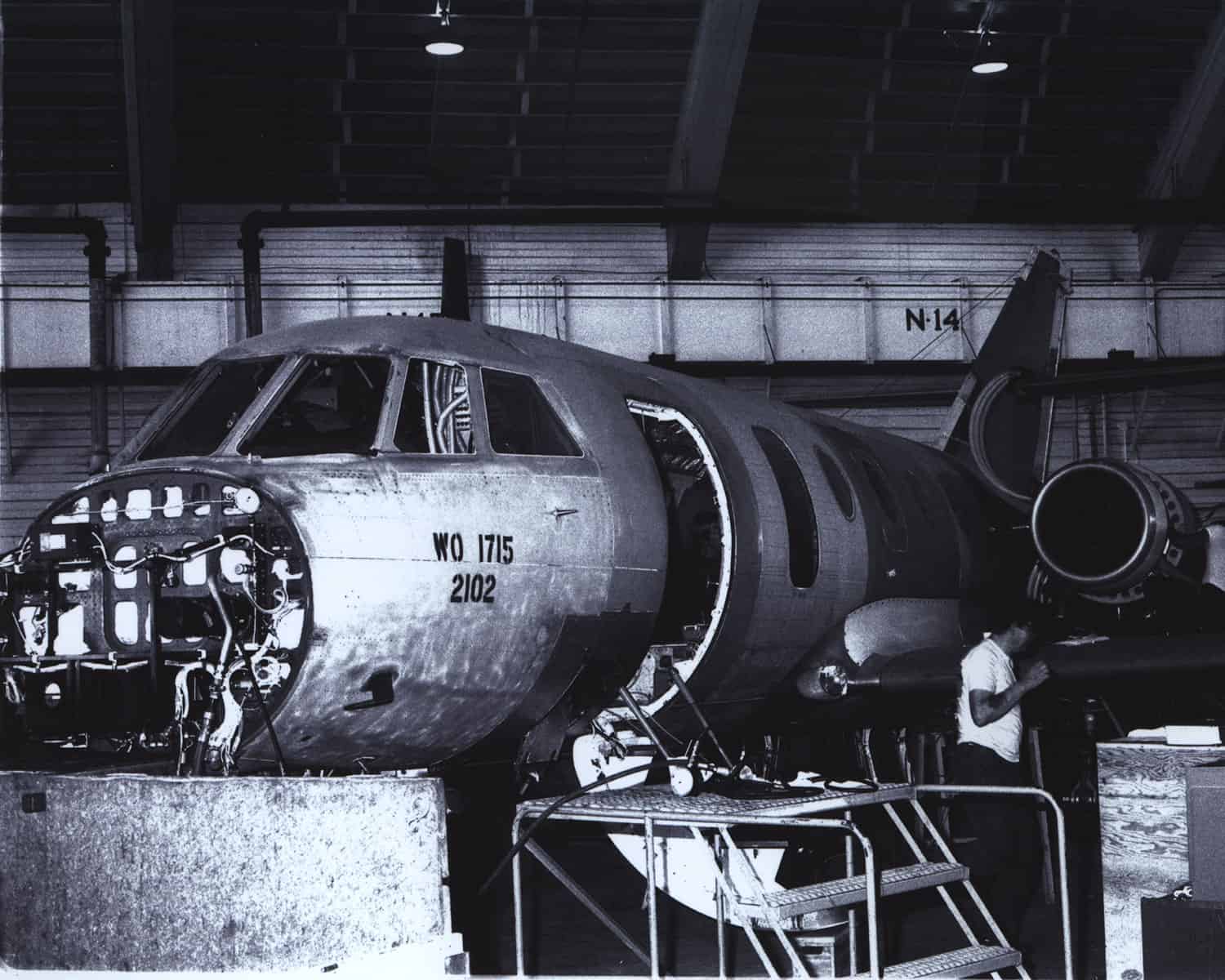 Between 1935 and 1941 aeronautical supply support was achieved by the individual air stations requisitioning from the US Navy and purchasing directly from the manufacturers for those aircraft not provided for in the naval supply system. The Report of the Secretary of the Treasury for 1941 showed that as of June 30 there were 10 air stations in commission and 50 aircraft in the inventory. It also stated that two overhaul bases for aircraft were established; one at San Diego air station and one at Elizabeth City air station. This was done to affect more expeditious repairs and improve the timely availability of certain aircraft parts.
Between 1935 and 1941 aeronautical supply support was achieved by the individual air stations requisitioning from the US Navy and purchasing directly from the manufacturers for those aircraft not provided for in the naval supply system. The Report of the Secretary of the Treasury for 1941 showed that as of June 30 there were 10 air stations in commission and 50 aircraft in the inventory. It also stated that two overhaul bases for aircraft were established; one at San Diego air station and one at Elizabeth City air station. This was done to affect more expeditious repairs and improve the timely availability of certain aircraft parts.
With America’s direct involvement in World War II approaching, the U.S. Coast Guard was transferred to U.S. Navy control on 1 November 1941. The attack on Pearl Harbor took place a little more than a month later and by April of 1942 Coast Guard aviation units, in order to effectively perform their assigned missions, were receiving Navy aircraft in increasing quantities. Except for the small number of aircraft purchased directly from the manufacturer prior to 1940 the overhaul and parts support was obtained from the Navy’s support system. The supply portion of the pre-war supply concept was maintained and a limited number of Douglas R4D (C-47) and Curtiss R5C twin engine aircraft were used for logistic support. The Bureau numbers are not available from Coast Guard inventory records.
R4D
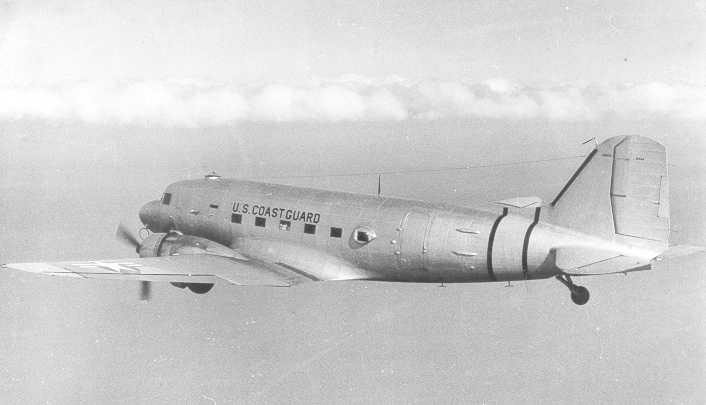 The R4D-5 was an all- weather transport powered by two Pratt & Whitney R-1830-92 engines. It was unpressurized and cruised at a speed of 160 mph. It had a range of 1975 statute miles. The R4D-5 had a large two panel cargo door on the port side of the fuselage aft of the wing and a reinforced metal cargo floor with tie down fittings. Records are not complete but they show a total of eight on the Coast Guard inventory. However naval records indicate an additional two were transferred to the Coast Guard in 1946. After the war, several of these aircraft were used to supply LORAN and other remote Coast Guard stations. Some were used as search and rescue aircraft and at least one was equipped with an observation blister fitted to the aft windows as shown in the adjacent picture. All but four were removed from service by 1956 and only one, BuNO 12446 remained in service until 1961.
The R4D-5 was an all- weather transport powered by two Pratt & Whitney R-1830-92 engines. It was unpressurized and cruised at a speed of 160 mph. It had a range of 1975 statute miles. The R4D-5 had a large two panel cargo door on the port side of the fuselage aft of the wing and a reinforced metal cargo floor with tie down fittings. Records are not complete but they show a total of eight on the Coast Guard inventory. However naval records indicate an additional two were transferred to the Coast Guard in 1946. After the war, several of these aircraft were used to supply LORAN and other remote Coast Guard stations. Some were used as search and rescue aircraft and at least one was equipped with an observation blister fitted to the aft windows as shown in the adjacent picture. All but four were removed from service by 1956 and only one, BuNO 12446 remained in service until 1961.
R5C-1
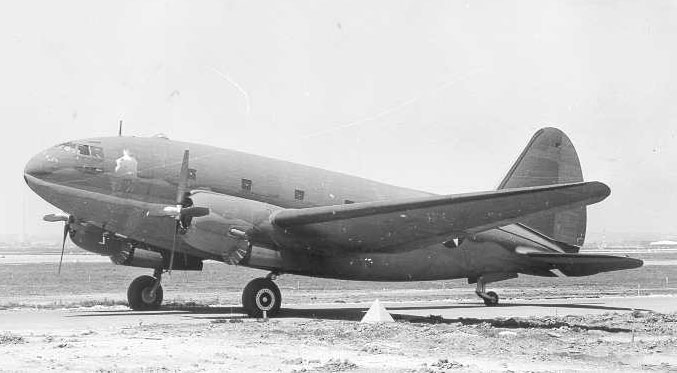 The R5C -1 was a large all weather twin engine transport powered by two Pratt & Whitney R-2800-51 engines. It had a streamlined circular two segment fuselage meeting at the cabin floor. It was a low winged pressurized monoplane with fully retractable landing gear. The R5C cruised at 180mph with a range of 2000 statute miles. They could carry up to 15,000 pounds of cargo and had a large two segment door on the port side aft of the wing. Although reportedly flying from Elizabeth City during WWII we could not verify bureau numbers. There were 10 R5Cs acquired from the Marine Corps in 1946. Bureau numbers were verified. Two were based at the Elizabeth City, North Carolina air station and were used for logistic support carrying personnel and cargo to air stations and other Coast Guard units. The others were located at AR&SB. They could be fitted with special long-range fuselage fuel tanks giving a range of 3100 statute miles for overseas supply missions. The last R5C was retired from Coast Guard service in 1950.
The R5C -1 was a large all weather twin engine transport powered by two Pratt & Whitney R-2800-51 engines. It had a streamlined circular two segment fuselage meeting at the cabin floor. It was a low winged pressurized monoplane with fully retractable landing gear. The R5C cruised at 180mph with a range of 2000 statute miles. They could carry up to 15,000 pounds of cargo and had a large two segment door on the port side aft of the wing. Although reportedly flying from Elizabeth City during WWII we could not verify bureau numbers. There were 10 R5Cs acquired from the Marine Corps in 1946. Bureau numbers were verified. Two were based at the Elizabeth City, North Carolina air station and were used for logistic support carrying personnel and cargo to air stations and other Coast Guard units. The others were located at AR&SB. They could be fitted with special long-range fuselage fuel tanks giving a range of 3100 statute miles for overseas supply missions. The last R5C was retired from Coast Guard service in 1950.
Although the need for a central supply and overhaul facility became evident during World War II it was not until the end of the war that locations became available for consideration. A large facility used by the Consolidated Vultee Corporation had been constructed by the Navy at the Coast Guard air station located at Elizabeth City, North Carolina. It was a modification center for Lend-Lease aircraft being delivered to Canada and Great Britain and at the end of the war the facility was closed. The Elizabeth City infrastructure had been expanded to accommodate multiple military units and had become a center of Coast Guard aeronautical activity during the war. The former Consolidated plant was the logical selection.
In April of 1946 a small complement of officers and men were assigned to the Elizabeth City air station for the purpose of establishing an aircraft repair and supply base for Coast Guard aircraft. Nine months later, as a result of focused effort, the Coast Guard Aircraft Repair and Supply Base was ready to go into operation. On 3 January 1947 it was placed in commission as a Headquarters Unit with a complement of 10 officers and 63 men. The supply support function began immediately while the aircraft overhaul program was being set up and developed. The first aircraft to complete overhaul was a Grumman J4F which was returned to operational service in October of 1948. It was at this point that the first civilian employees were brought on board.
From 1948 through 1963 the types of aircraft overhauled included the J4F, JRF, PBY, PBM, OY, UF/HU-16, JRB, R4D, PBIG, RM-1Z, C-123 and HO3S, HTL, and HO4S helicopters. Beginning in 1958 the program consisted almost entirely of HU-16 and helicopter overhauls. The HU-16 overhauls were phased out beginning in 1979. In 1964 the first HH-52A was inducted and a transition from the HO4S to the HH-52A overhaul was made. In 1972 the HH-3F was inducted. With the phase out of the HH-52 and HH-3F, emphasis was on the HU-25 and the HH-65. Structural modifications such as that done on the C-123 and C-131 were made. In addition a number of electronic installations and modifications were manufactured and/or installed. During 2006-2007 a retrofitting of all of the Coast Guard’s HH-65 helicopter engines was accomplished. Aircraft components are also overhauled. Parts are occasionally manufactured when this is more economical than buying outside or the part in question becomes difficult to obtain.
The Aircraft Repair and Supply Base was renamed the Aircraft Repair and Supply Center (ARSC). By 2007 the ARSC was the location for all Coast Guard aviation logistic support. ARSC was responsible for overhauling/repairing aircraft; providing aircraft parts and equipment to the fleet; re-engineering and manufacturing aircraft parts, performing complex, multi-million dollar contracting actions; providing technical engineering support; and providing teams of personnel who perform on-site field assistance to Coast Guard air stations and deployed aircraft. Major support functions are contained within four streamlined product lines. The focus is on HH_60, HH-65, HC-130 and HU-25 aircraft.
ARSC occupied 14 buildings on 55 acres of the 822 acre support complex. ARSC employed 149 military, 495 civilians and 278 contractors. It had the largest unit operating budget in the Coast Guard and possessed an inventory valued at $743 million.
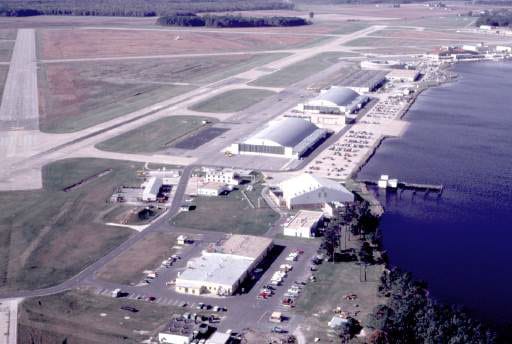
On October 30, 2008, the Vice Commandant of the Coast Guard recognized the transformation of the Aircraft Repair and Supply Center recognizing the full implementation of the Mission Support Concept. The Aircraft Repair and Supply Center was redesignated the Aviation Logistics Center.
Note: The development and functions of the Aviation Logistics Center are addressed in the “Present Era 1994-2008” section of this history chronology.

